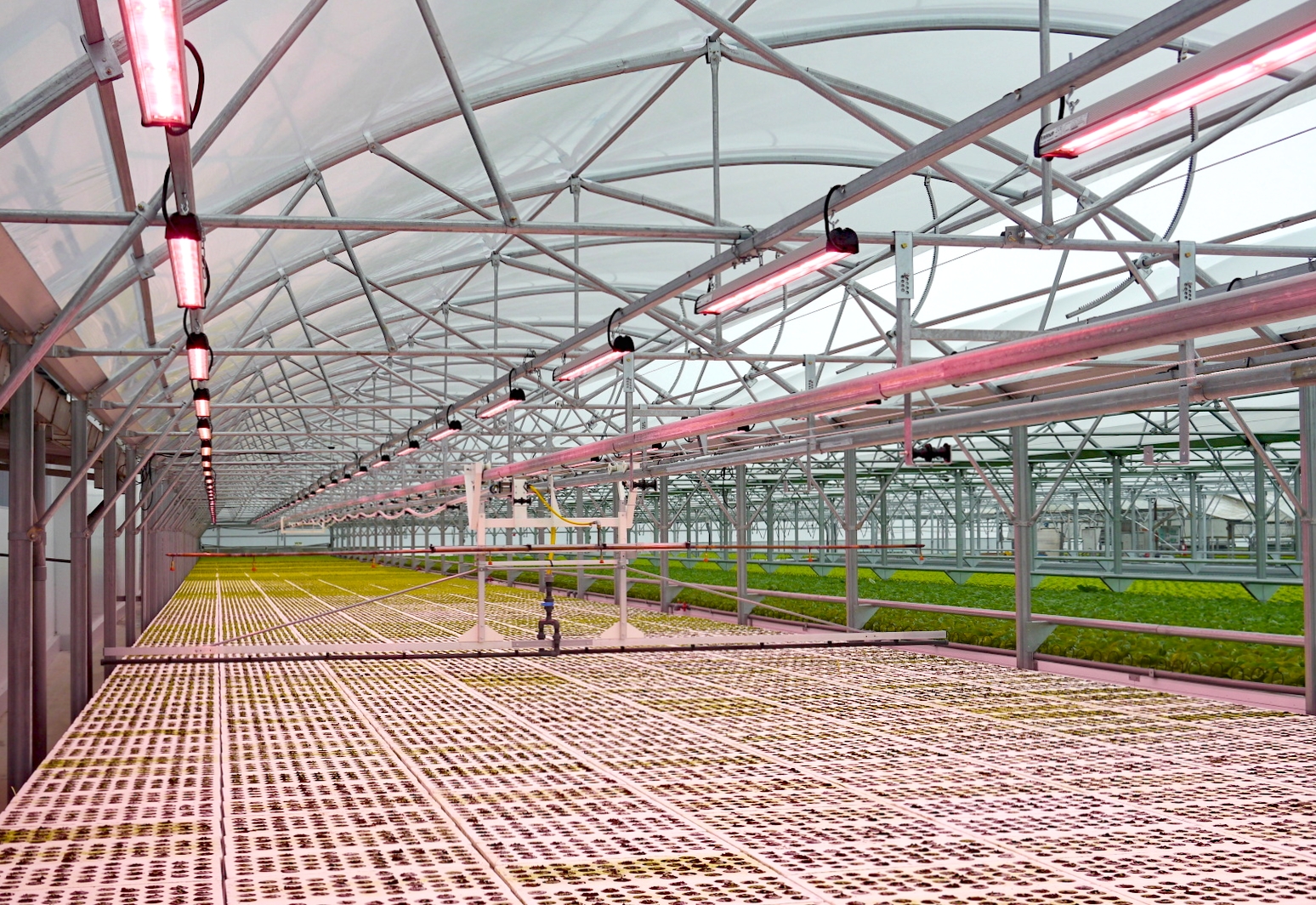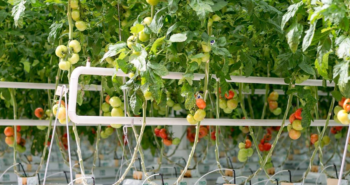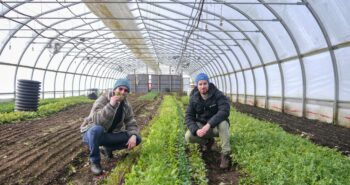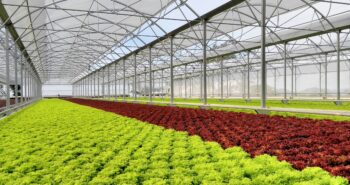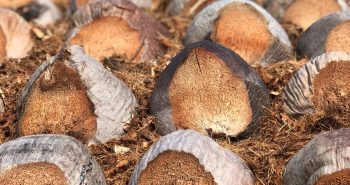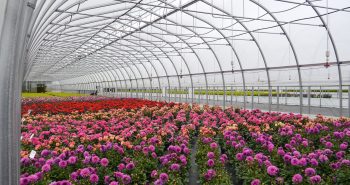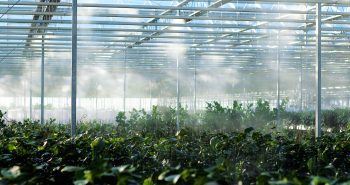An efficient substrate must meet the needs of the producer. For example, the aeration % of the material, its water retention capacity, the control of its pH, its durability and also its biodegradability… are important parameters to consider and...
Category - POSTS
The first objective of a climate battery greenhouse system is to heat the growing area without using expensive fossil fuels (or electricity). Indeed, more than ever the dependence on fossil fuels and their increasing cost pose problems for...
Buying a greenhouse is one step but building and covering the structure are also very important parts of your future project. You will see in this post how to be ready before assembling your future freestanding greenhouse.
A properly sized polyethylene greenhouse with an efficient hydroponic system can become very profitable and be replicated all over the world. However, many new investors and growers often make the same mistakes when they start!
The addition of a new modern greenhouse can be a real “game changer” for a business to attract new clients [...] Indeed, a bright and aesthetic structure maximizing the passive ventilation to get a perfect climate under the roof will encourage...
Coconut fiber is a product resulting from the transformation of the coconut shell. It is communally called "coco peat" in the horticulture industry. What is more, coco fiber is 100% natural, fully recyclable and renewable.
The latest episodes of drought and successive heat waves in Europe show us that we will have to rethink the agricultural model of tomorrow. A more reasoned agriculture, less greedy in inputs (fertilizers, phytosanitary products...), respecting...
Before purchasing a greenhouse, it is important to understand the basics more particularly the design differences. Each project is unique
The Vapor Pressure Deficit (VPD) is one of the main forces driving evapotranspiration in plants. The VPD is the difference between the maximum amount of water the air can hold and the amount it does contain. ore and more growers are doing VPD...
Agri-city.info is a professional online French media dedicated to new forms of urban and peri-urban agriculture. It was created in 2019 by Mrs. Claire Nioncel. Agri-City monitors and relays information, gives a voice to experts and actors in...
